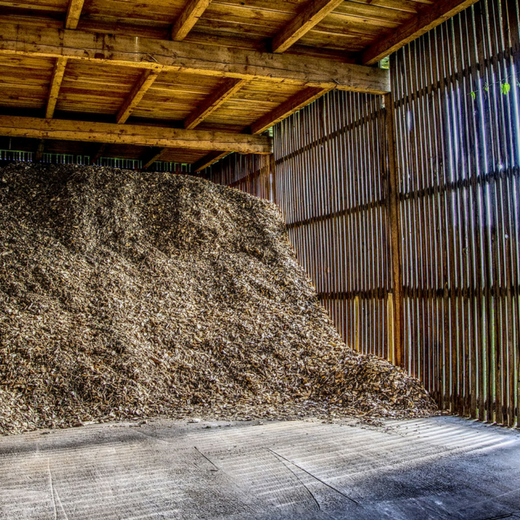One frequent landscaping mistake is using too much or too little mulch or not remembering to mulch both in the spring and the fall.
Mulch depth is determined by the type of material used. The general rule is that 1-4 inches is the maximum depth. The goal is to allow water to drain easily into the soil to water the plants. Therefore, the denser the mulch material, the shallower the depth should be. Wood chips should be around 2 inches in depth while the more porous straw mulches may go as deep as 3-4 inches.
All mulch will shift and settle over time and it is supposed to decompose. It should be expected that it will settle at about 1 inch less in depth than you originally spread it.
It is also important to know that mulch can harm tree trunks and plant stalks. Care should be taken in spreading the mulch to create a little space between your trees and plants and the mulch. One of the bigger mistakes is creating “mulch volcanoes” around tree trunks. The goal should be to keep the area of mulch flat so that the normal rain saturation can occur and the tree’s drip line is protected. Too much mulch can heat the soil around the base of the tree and a volcano mulch can divert too much water to the base of the tree, harming the root system.
During the winter, plants and bulb areas can be “winterized” with deep layers of mulch. Straw can be as deep as 6 inches with wood chips as deep as 3 inches. However, the “hyper-mulched” beds need to be cleared of the mulch once the cold weather is over.

